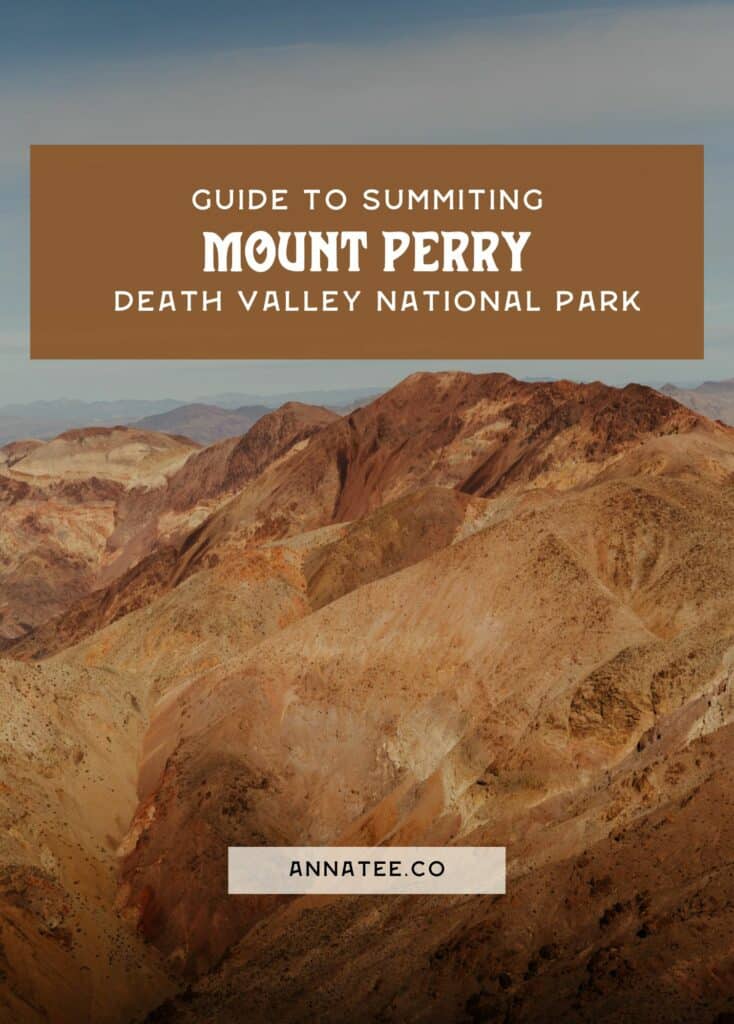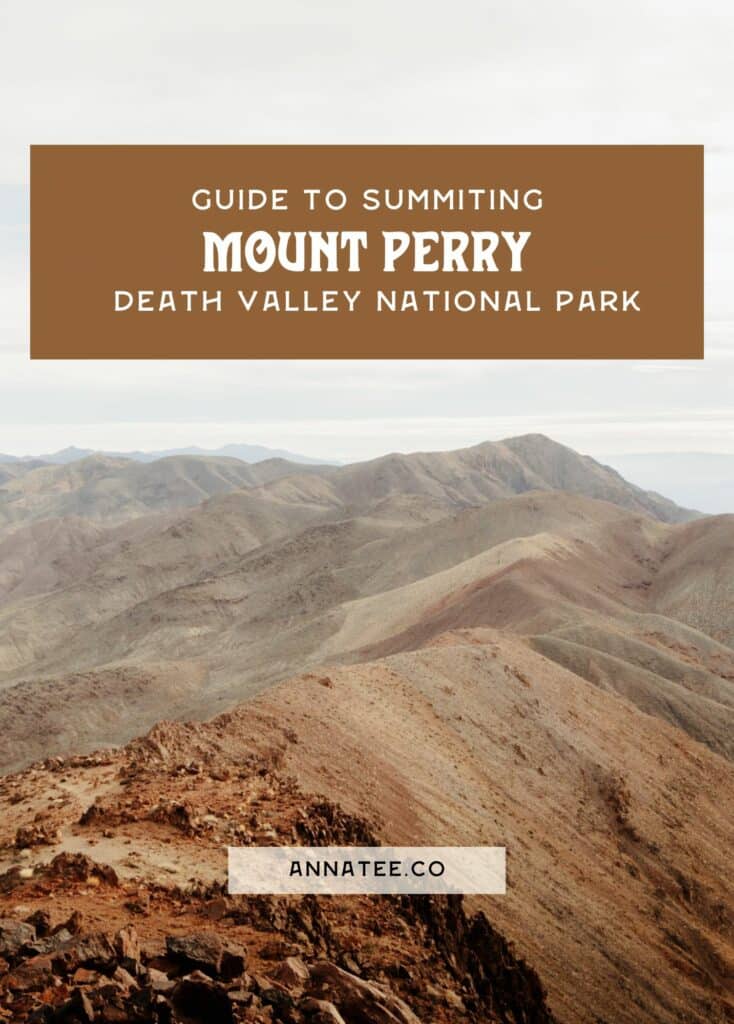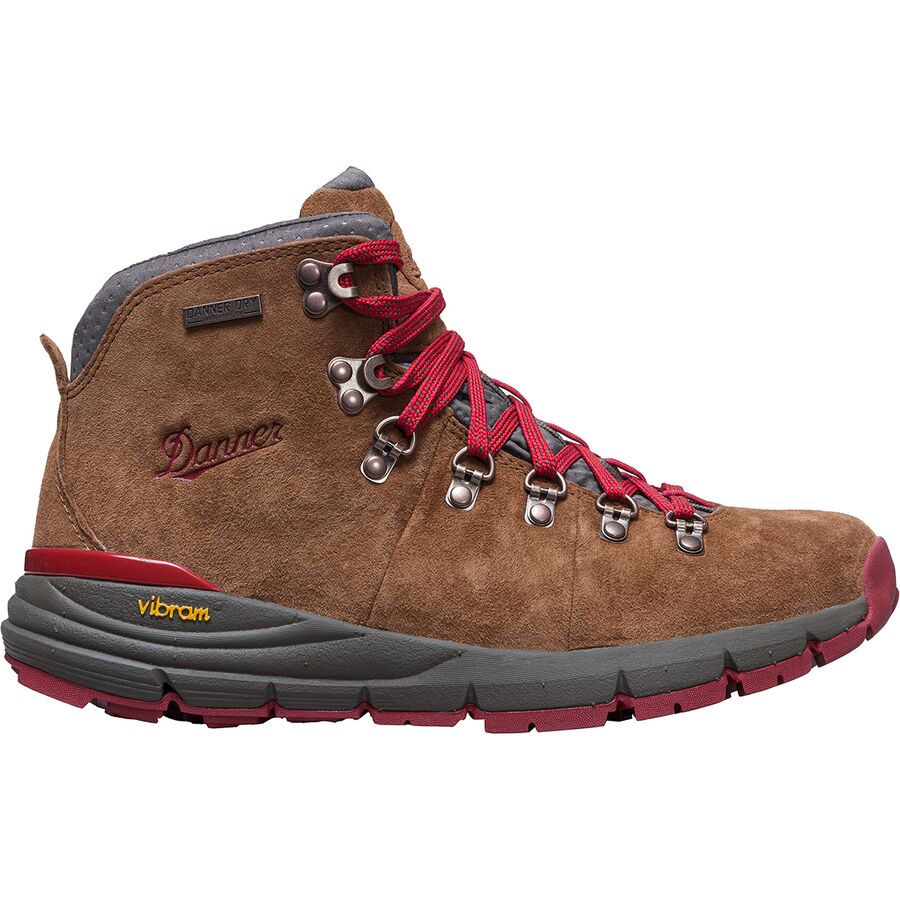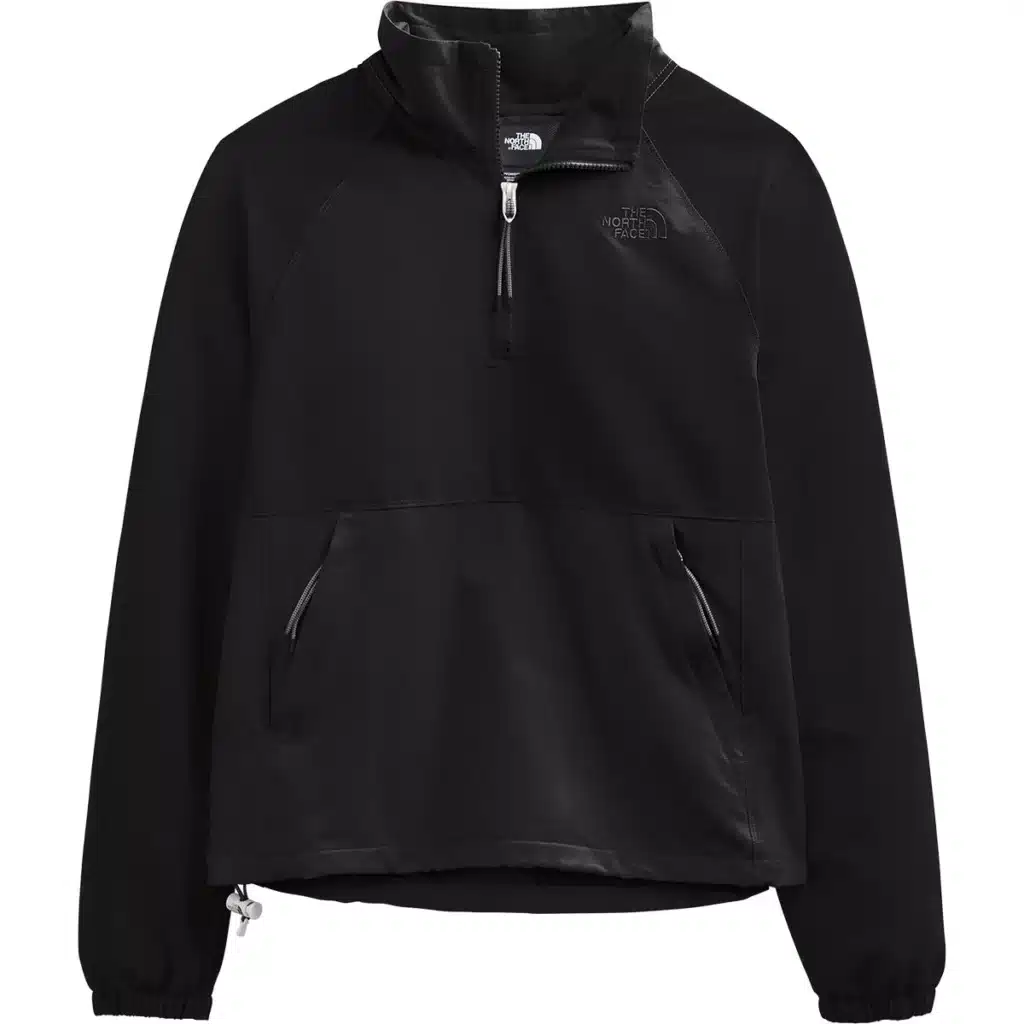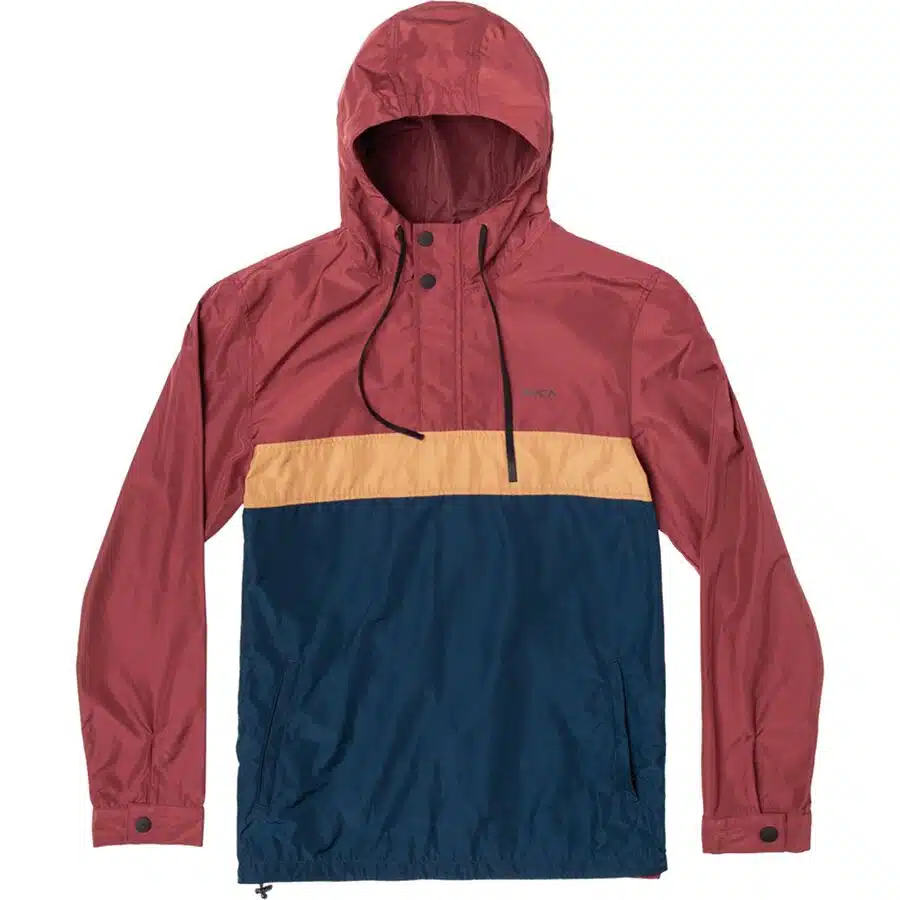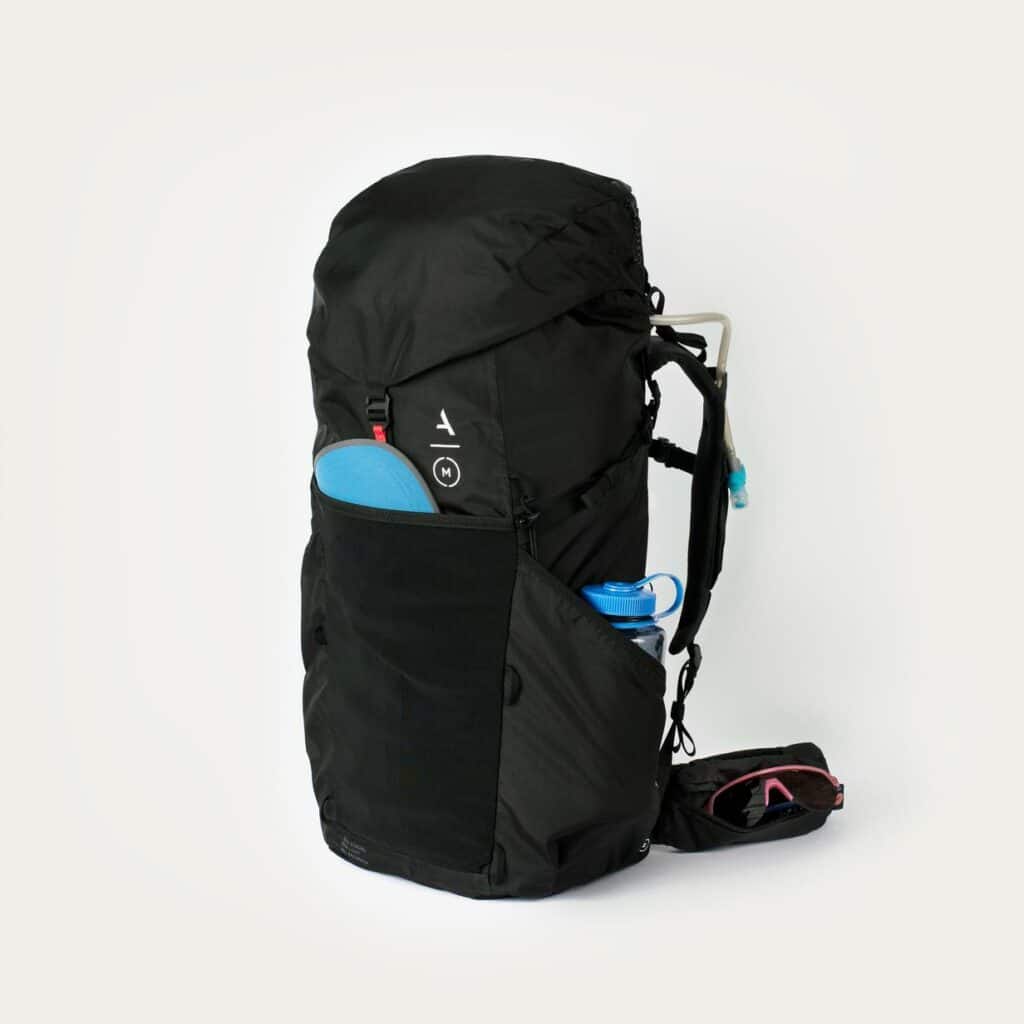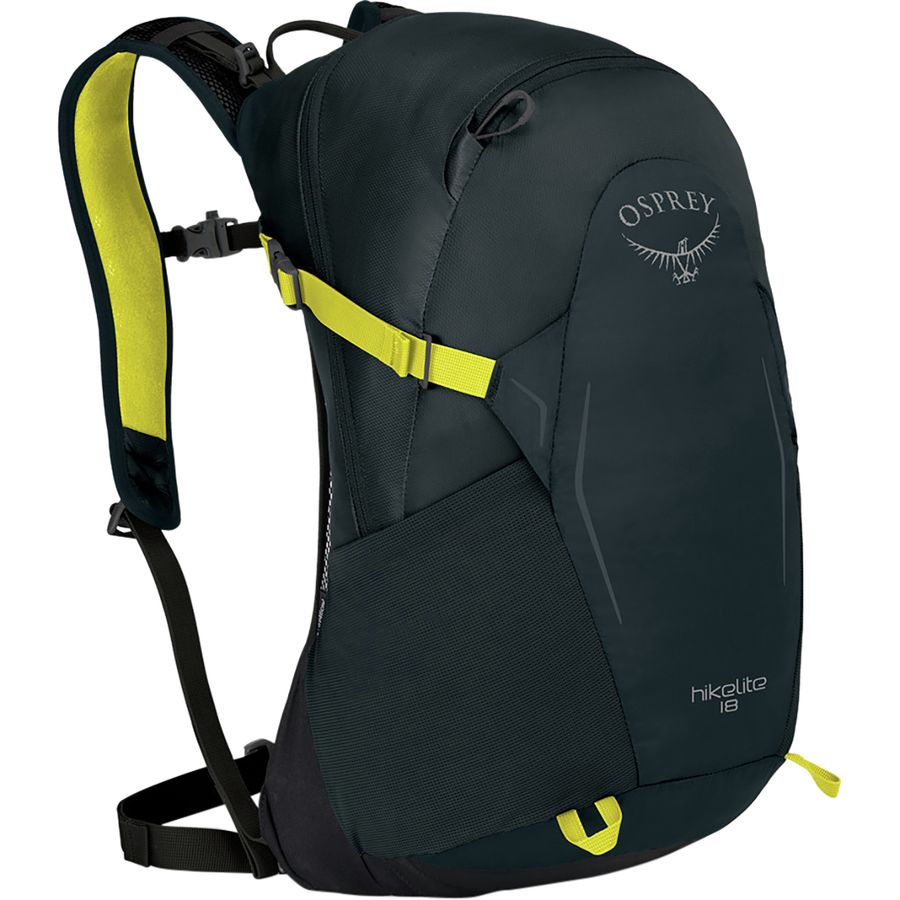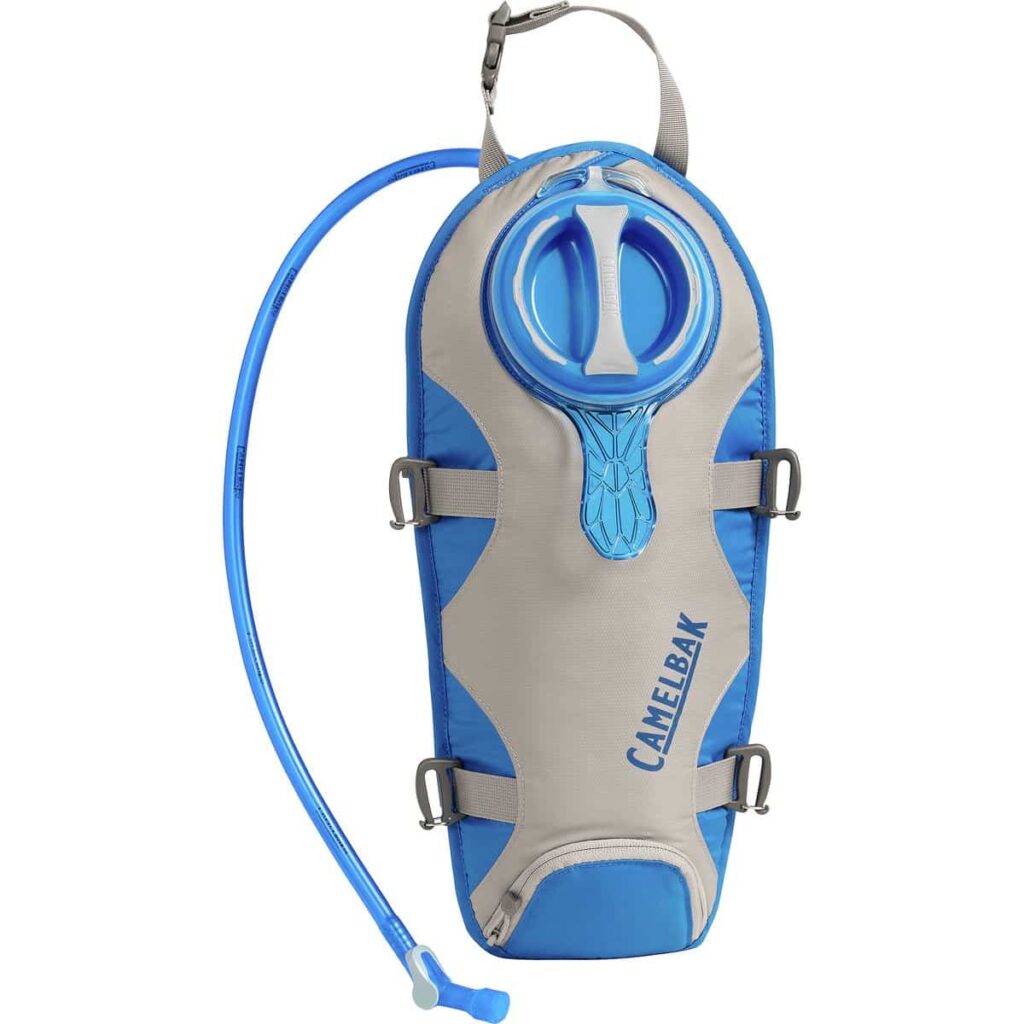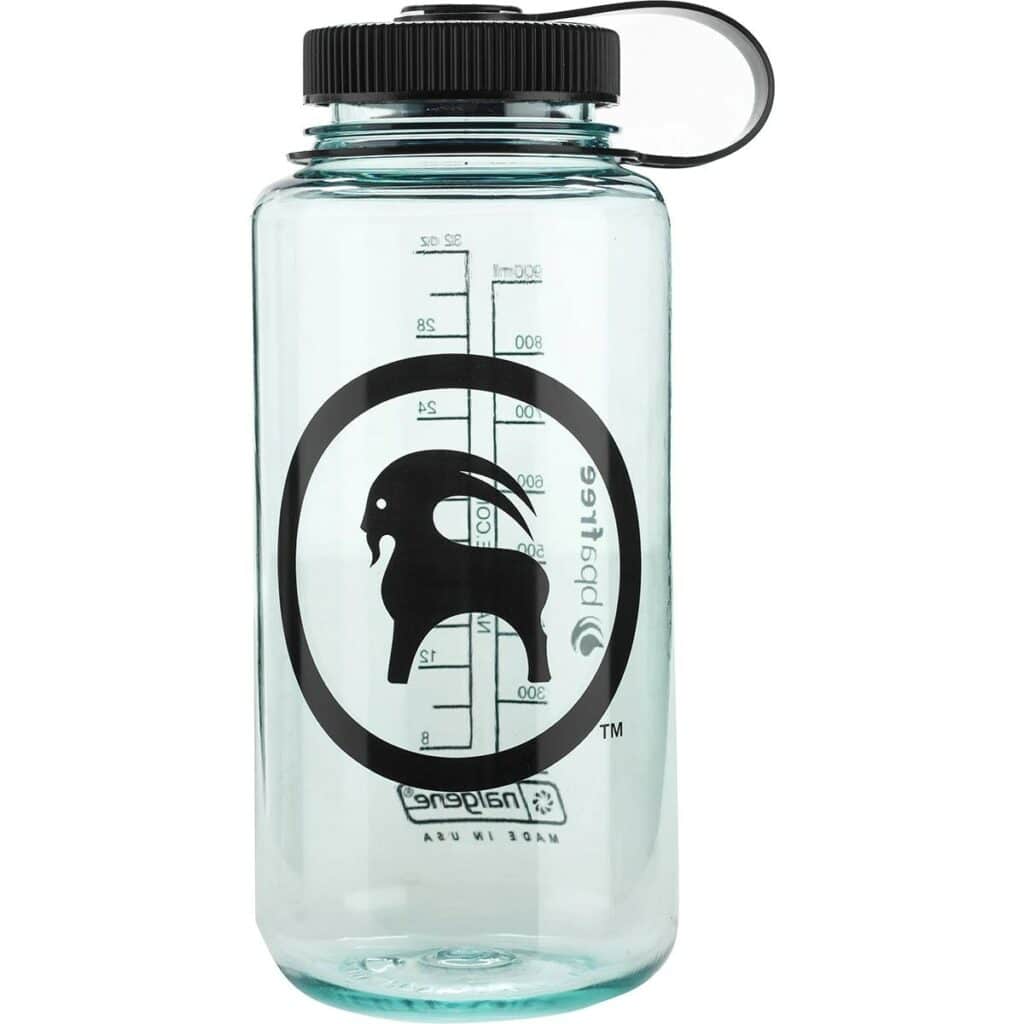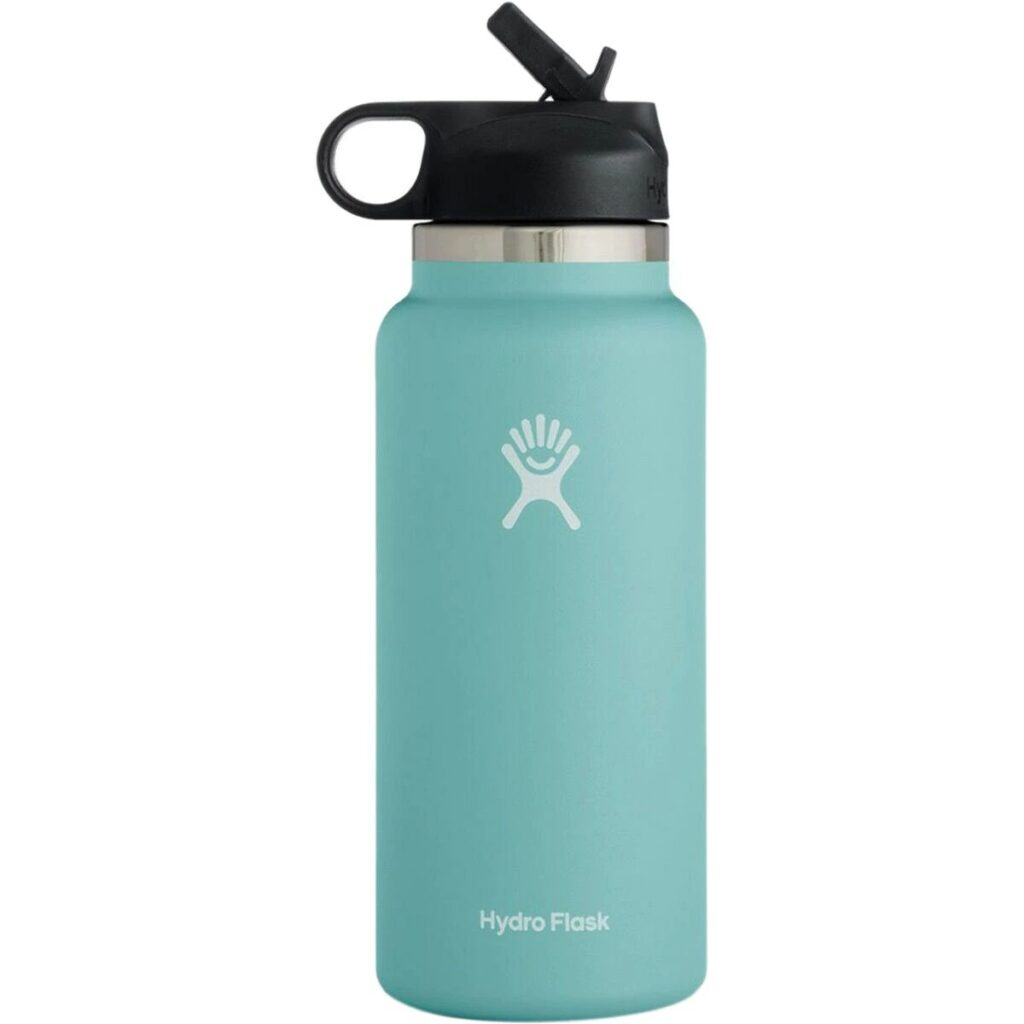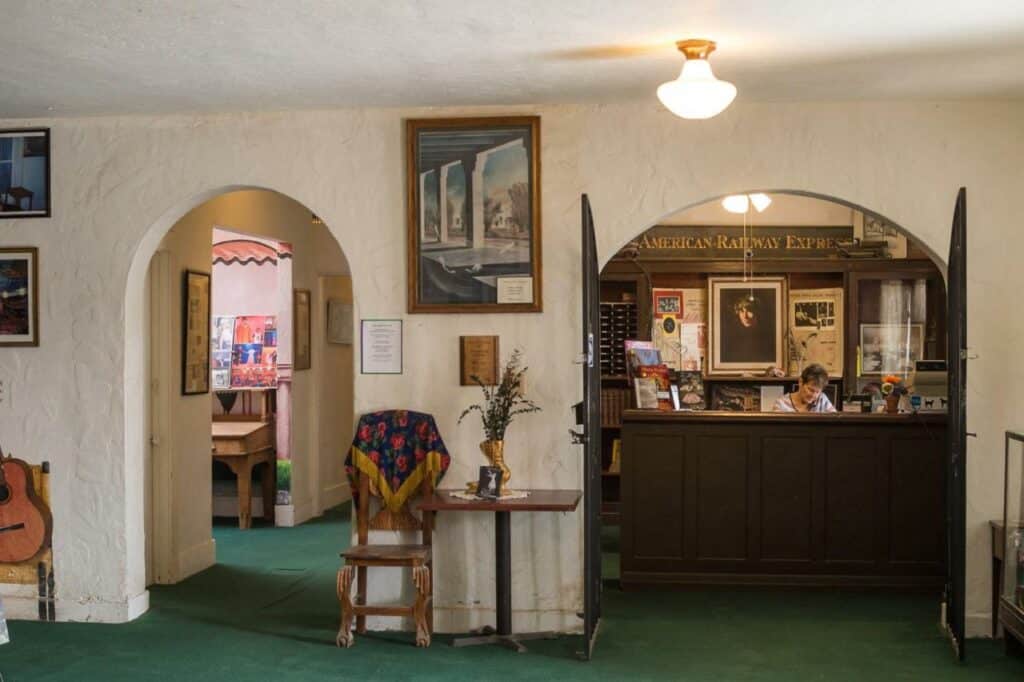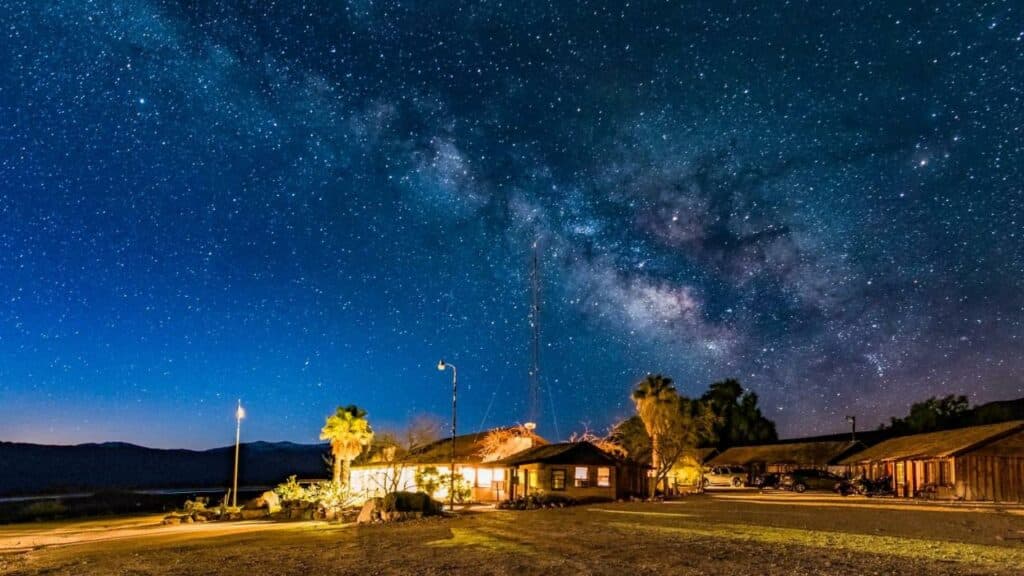Guide to Hiking Mount Perry in Death Valley, California
The Mount Perry hike in Death Valley National Park is a strenuous, but rewarding hike in the desert of Southern California. It takes you through rocky formations, boulder fields, and incredible views of the mountains around you. Hiking through the desert is a bit of a challenge, so it’s important to be prepared!
This guide will tell you all about the hike to the summit of Mount Perry – what you need to know for the trail, what to bring, and some tips to keep in mind.
Head’s up: some of these links are affiliate links, so I get a commission if you make a purchase (at no cost to you). But that’s great, because I was going to share anyway, and this helps me keep making free guides for you!
Pin this photo to save this Mount Perry Trail guide and reference it later!
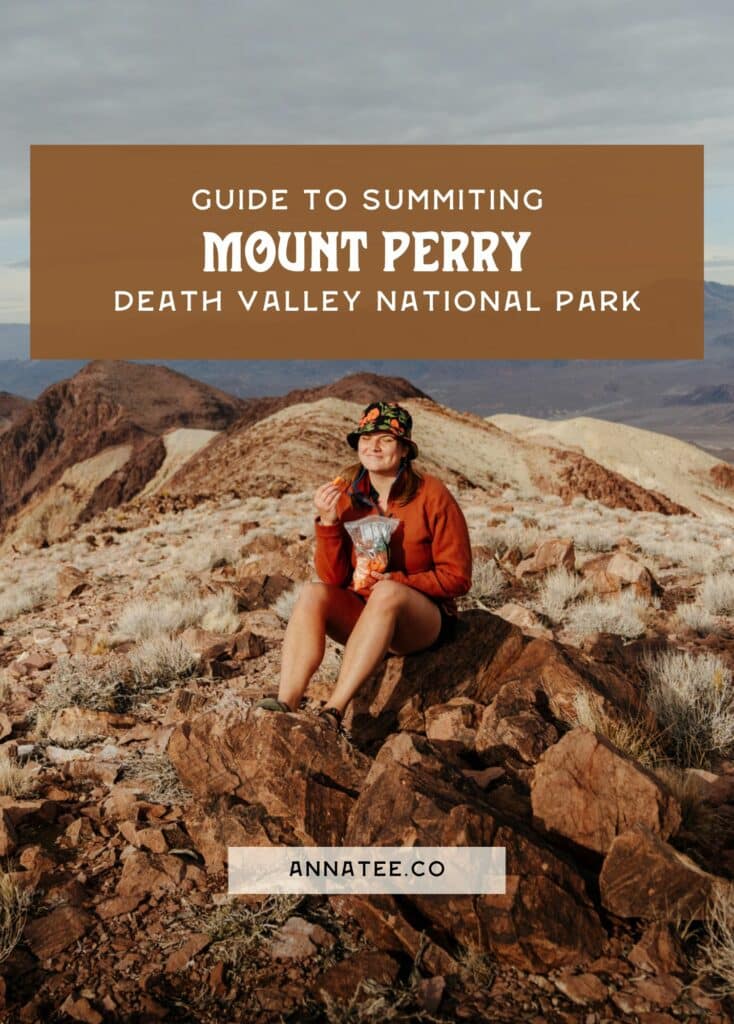
About the Mount Perry Trail
Before we get into the details, here’s what you need to know about the hike to Mount Perry!

Mount Perry Hike Stats
Length: 8.7 miles (14 km) out and back
Elevation Gain: 2,089 feet
Difficulty: hard
Hike Time: I consider myself to be an average hiker, and this trail took me 6 hours and 21 minutes, including stopping to take photos and a snack break at the summit. You can check out my hike on Strava!
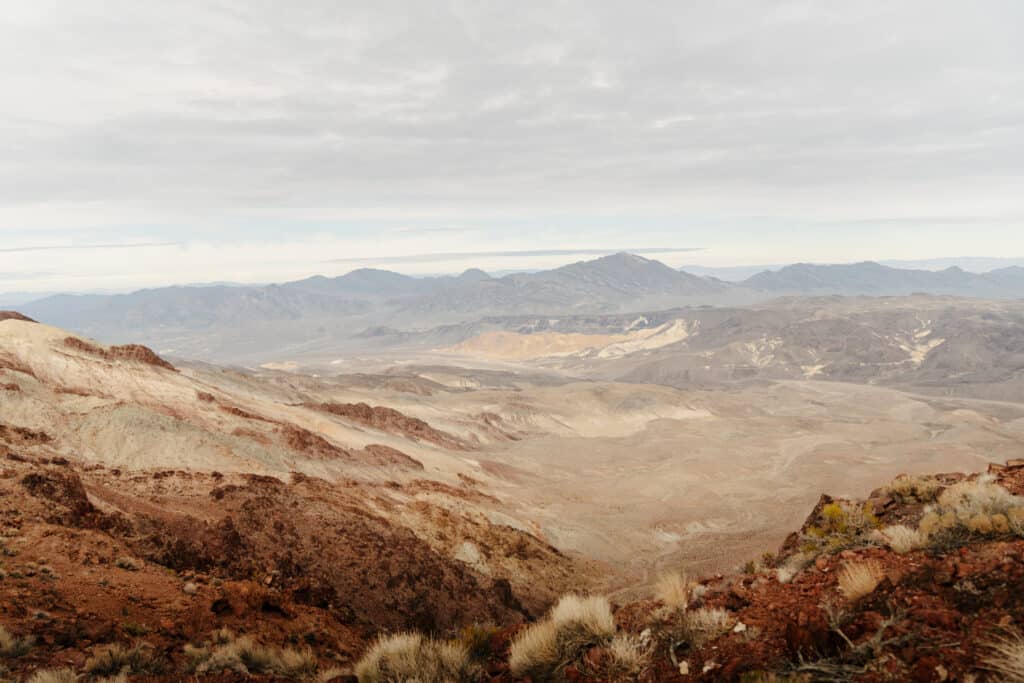
The Best Time to hike the Mount Perry Trail
My favorite time to hike in Death Valley National Park is winter – it’s warm and sunny, but not as hot in the desert. Spring and fall are the most popular times to visit this park, so winter is also a little less crowded. I don’t recommend hiking Mount Perry in the summer, because it gets incredibly hot! Death Valley is actually the hottest place on earth during the summer months, so definitely not ideal for hiking.
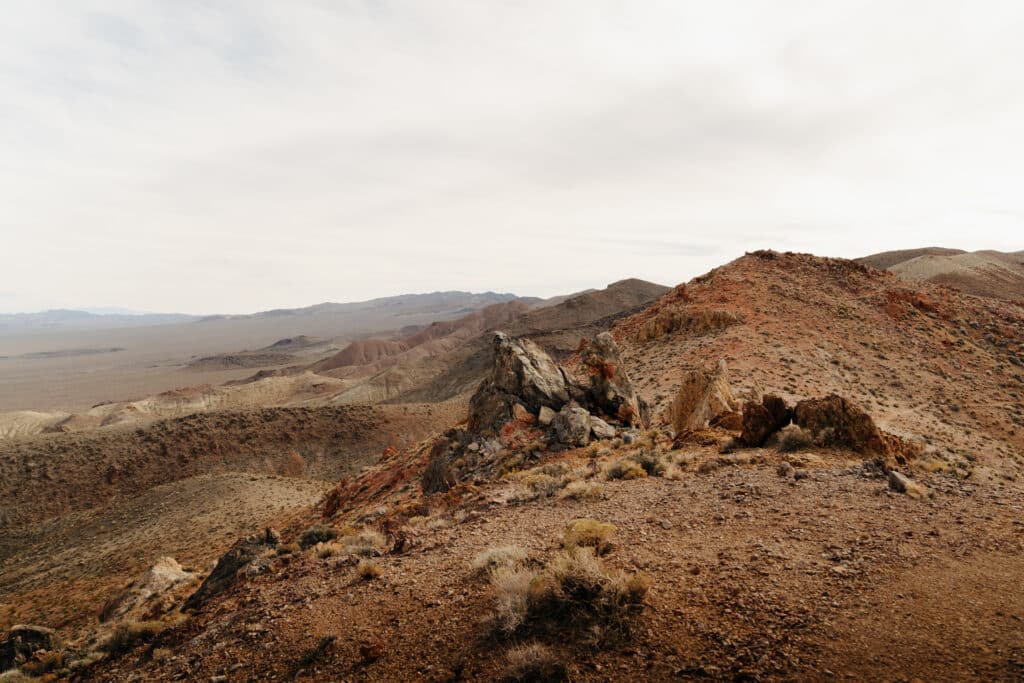
Leave No Trace on the Mount Perry Trail
Anytime you’re outdoors, whether you’re a beginner hiker or an experienced adventurer, it’s essential that you practice Leave No Trace (LNT). LNT is a set of seven principles that help us understand our impact on the outdoors – because while we usually have good intentions, the environment is more fragile than we think, and one snap-second decision can cause damage to Death Valley’s desert landscape that will take the earth years, even decades to repair.
Leave No Trace means enjoying the outdoors without disrupting nature. Here are the 7 principles of LNT, and how they apply when you hike Mount Perry!
- Plan ahead and prepare – read this guide, make sure you have more water than you need, and download a map to ensure you know where you are.
- Travel and camp on durable surfaces – stay on the trail. You can climb and explore boulders, but don’t trample plant life or walk off the established paths!
- Dispose of waste properly – don’t leave trash, or anything else, behind. There are no trash cans, so pack it out!
- Leave what you find – I know it can be tempting to take a cool rock or plant, but leave these things where they belong! Animals often use these, and if everyone takes one, the trail won’t be as pretty.
- Minimize campfire impacts – no campfires are allowed on the trail.
- Respect wildlife – sometimes you might catch a glimpse of the bighorn sheep and other wildlife. Keep your distance, and remember – you’re in their home!
- Be considerate of other visitors – the trail is narrow in spots. Yield to uphill hikers, and be respectful – no speakers or loud music.

Getting to Mount perry
The trailhead for Mount Perry is pretty easy to get to. You’ll drive into Death Valley National Park (there are several entrances), and get onto Highway 190. From there, you’ll turn onto Furnace Creek Wash Road – look for signs for Dante’s View, as the trail begins there.
Mount Perry Trailhead Coordinates: 36.2205431,-116.726629
The overlook is beautiful, and you’ll likely see a lot of people there – but there will be a lot fewer people on the actual trail!
To hike Mount Perry, you will need to pay the entrance fee for the national park. This costs $30 per car, and can be paid at a ranger station or visitor center, or at a few machines throughout the park. But, if you visit national parks often, I really recommend getting an America the Beautiful Pass. This costs $80, and will get you into any national park in the country for an entire year!
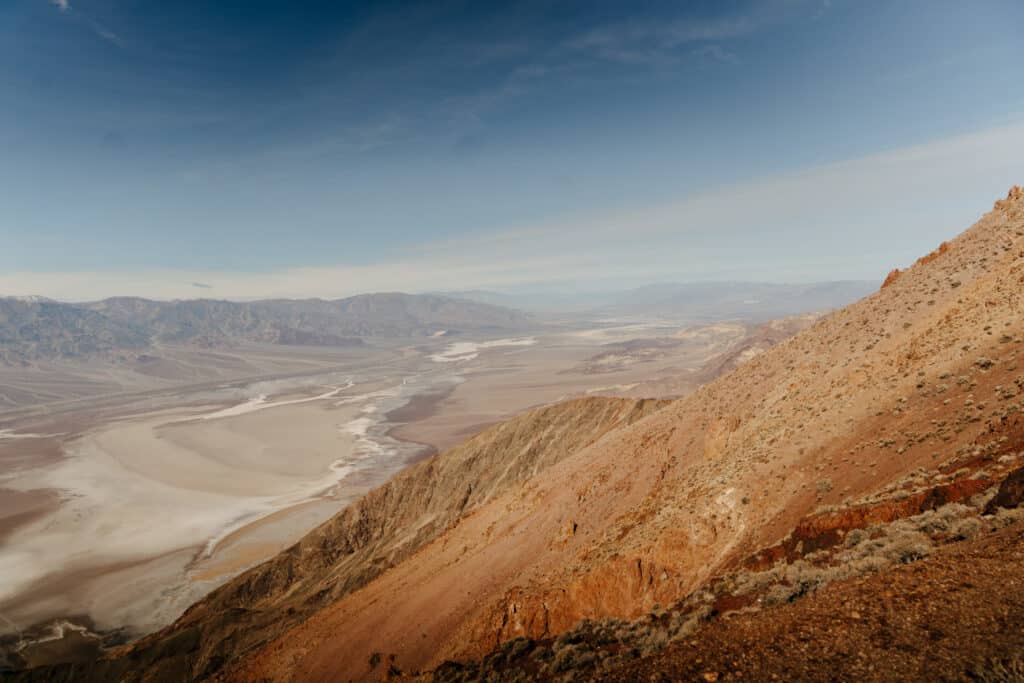
What to Bring to Hike Mount Perry
When you’re hiking, it’s important to be prepared! Here’s what you need when you hike Mount Perry.
Sturdy Shoes
My favorite hiking boots are my Danner boots – they’re cute, comfortable, and waterproof!
I usually prefer sandals over big hiking boots, but be aware that this trail does have some rough terrain, so make sure you have strong ankles :). My Chacos are my favorite hiking sandals, but I also love the Luna Barefoot Sandals, which offer a thinner sole – this can be helpful if you plan to climb any of the rocks!
Bonus Tip: A lot of these links are for my favorite place to buy outdoor gear – Backcountry. If you install the free Lolli extension on your browser, you can earn free Bitcoin when you shop online at certain retailers, including Backcountry. You can transfer it to a crypto wallet, or just cash out to USD in your bank account.
Layers
This might be surprising, but the desert can get pretty cold when the sun isn’t out! You probably won’t need any warm layers in the summer (Death Valley National Park is really hot!), but I hiked in December, and I actually got really cold as I was hiking out close to sunset, and the wind picked up quite a bit, so it’s a good idea to bring some layers with you.
The North Face Class V Windbreaker is a great lightweight, packable option for exploring, and it’s perfect for windy days that aren’t too cold. The RVCA Meyer Packable Anorack Jacket is another cute windbreaker , and folds up nice and small! For added warmth and layering, add a a Patagonia fleece.
Hiking Backpack
When I’m bringing my camera gear, my favorite backpack is the Alex Strohl Mountain Light. It’s definitely the best camera bag out there for hiking with photo gear. If you don’t need storage for camera stuff, I recommend an Osprey Hikelite. If you aren’t bringing very much and just want a day bag, I love my Topo Designs Y-Pack for carrying everyday essentials!
Hydration!
Water is important no matter where you’re hiking, but especially in the desert, the dry air, the beaming sun, and the heat make you dehydrate a lot faster! Single use water bottles are, of course, terrible for the environment, so avoid that and bring a reusable one!
For hiking, the CamelBak water reservoirs are convenient and easy – they can fit in your hiking backpack for water on the go. Nalgene water bottles are great for day to day, and if you want an insulated water bottle to keep your water cold and refreshing, Hydro Flasks are the best!
Hiking the Mount Perry Trail
This hike begins at Dante’s View – an amazing viewpoint that overlooks Death Valley. You’ll park there, enjoy the view, then head onto the trail! If you’re looking at the view, the trail is to the right.

It begins with a short, but steep, ascent – giving you a little taste of what’s coming on the trail! After a little less than half a mile, you’ll start heading down. The descent is about 2.7 miles long, with really nice views all around.

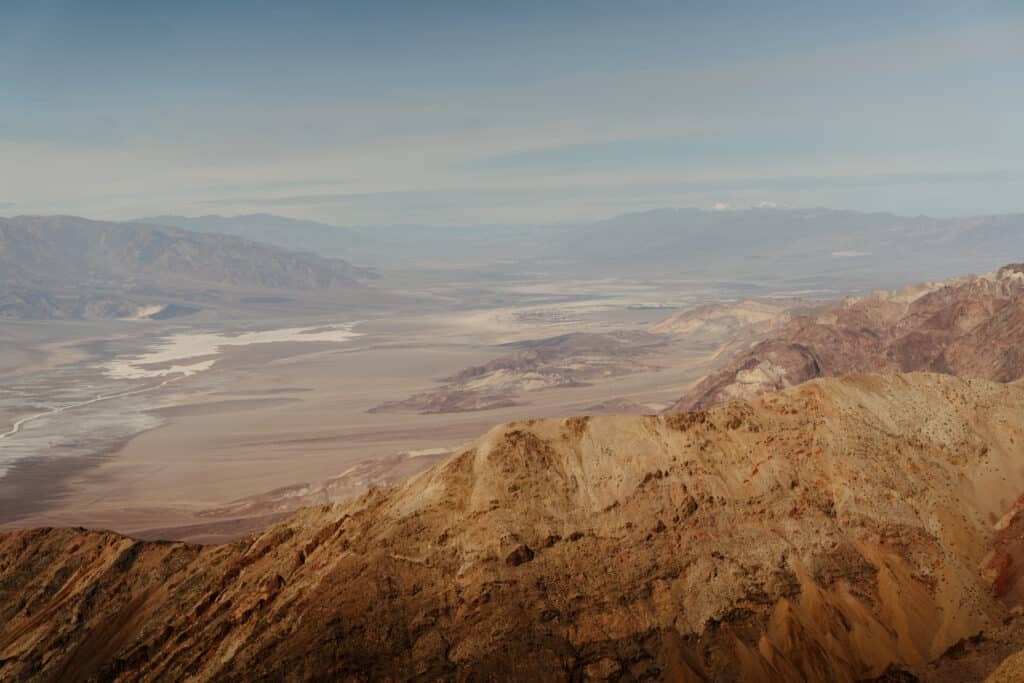
Slightly after three miles into the hike, you’ll start going up. The ascent is steep, but not too hard at first, but soon you’ll find yourself in a boulder field! At this point, the trail becomes a little harder to follow, but look around for some cairns that mark your way.
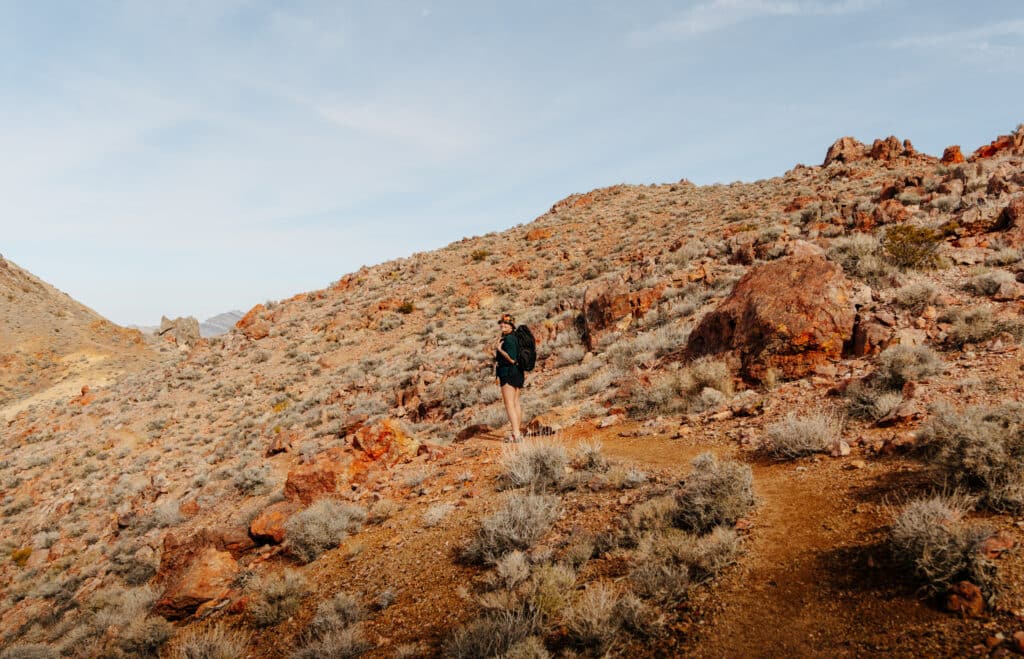

It’s a little bit hard to tell where the summit of Mount Perry is, as there were a few times when I thought I might be there – so having the map is definitely helpful! The summit is an open area with gorgeous views, and a great place to stop for a snack.

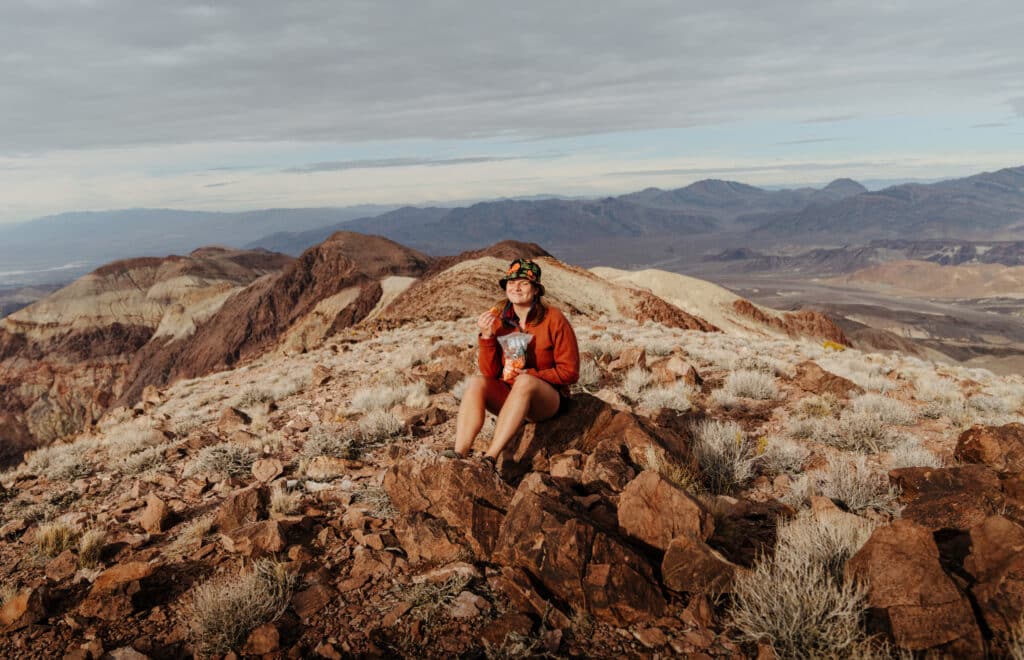

Once you’ve rested a little, head back down! There’s a lot of downhill, but once you start hiking back up, this is the hardest part of the hike! Heading back to the trailhead is a steep climb, and there were a lot of times where I thought I was almost there but… wasn’t. So be prepared for this part – it’s tough! But soon enough, you’ll have a short descent back down to the parking lot.

Where to Stay When You Hike Mount Perry
If you’re traveling to Death Valley National Park, you’ll need a place to stay!
Glamping, Cabins, & Yurts
For a unique place to stay during your trip, check out Hipcamp! It’s like Airbnb for campsites – and you can find yurts, cabins, glamping sites, and more.
You can even get $10 off your first booking here!
A Camper van
With a camper van, you get a vehicle and a place to sleep, all in one! This is my favorite way to travel, and you can rent a fully decked out van with Escape Campervans. Another option is to use Outdoorsy, which is more like Airbnb – you can rent vans, RVs, and trailers from people who live nearby!

Find a Campsite
For camping, I recommend using The Dyrt – it’s the best way to find campsites in Death Valley National Park. You can use the free version to find campsites, but with The Dyrt Pro you’ll also be able to see the boundaries of BLM (Bureau or Land Management) land all around the national park. On BLM land, you can camp anywhere for free! You can try The Dyrt before you commit, and click here for a free trial.
One thing that’s unique about Death Valley is that unlike most national parks, you can actually wild camp inside the park! You need to be along a dirt road (no off roading – it kills the plants) and 1 mile from any paved roads, and it isn’t allowed everywhere, so make sure there aren’t any signs forbidding camping.
Hotels in Death Valley National Park
There are a few hotels right in the park that make for great places to stay while you do some hikes!
The Ranch at Death Valley is a unique place with a pool, restaurant, terrace, and bar, and is a great place to relax. The historic Armargosa Hotel is right next to a famous old opera house, on the east side of the park, close to Nevada. If you want to do some glamping, the Panamint Springs Motel offers canvas glamping tents, as well as a cozy mote!
For more places to stay near Death Valley, check out this map! Be sure to zoom out and change the dates to see all of the options.
Booking.comMore Hikes Near the Mount Perry Trail
Have you hiked this trail, or explored any trails nearby? Let me know in the comments below! Once you’re done exploring Death Valley, I recommend checking out Joshua Tree National Park, a few hours south.
Here are some more desert adventures:
Pin any of these photos to reference this Mount Perry Trail guide later!
